When I think about coastal-style kitchen cabinets, I envision a space that feels light, airy, and connected to the tranquility of the beach. The appeal of coastal design lies in its effortless ability to bring the soothing vibes of the seaside indoors, making a kitchen feel like a retreat even if you’re miles away from the ocean. Coastal style cabinets play a central role in achieving this look, as they set the tone for the entire space. The focus is often on natural materials, soft colors, and simple yet elegant designs that evoke a relaxed atmosphere. I believe that coastal cabinets can transform a kitchen into a serene space that feels welcoming and timeless.
One of the defining features of coastal-style kitchen cabinets is their color palette. I find that soft, muted colors like white, cream, pale blue, and light gray dominate this style. These hues are reminiscent of the sea, sand, and sky, helping to create a sense of calm and openness. I love how these lighter shades make a kitchen feel larger and more inviting. White shaker cabinets, for example, are a classic choice for coastal kitchens, offering a clean, crisp look that pairs beautifully with natural wood accents and nautical decor. The goal is to create a space that feels fresh and breezy, and these light, airy colors are essential in achieving that effect.
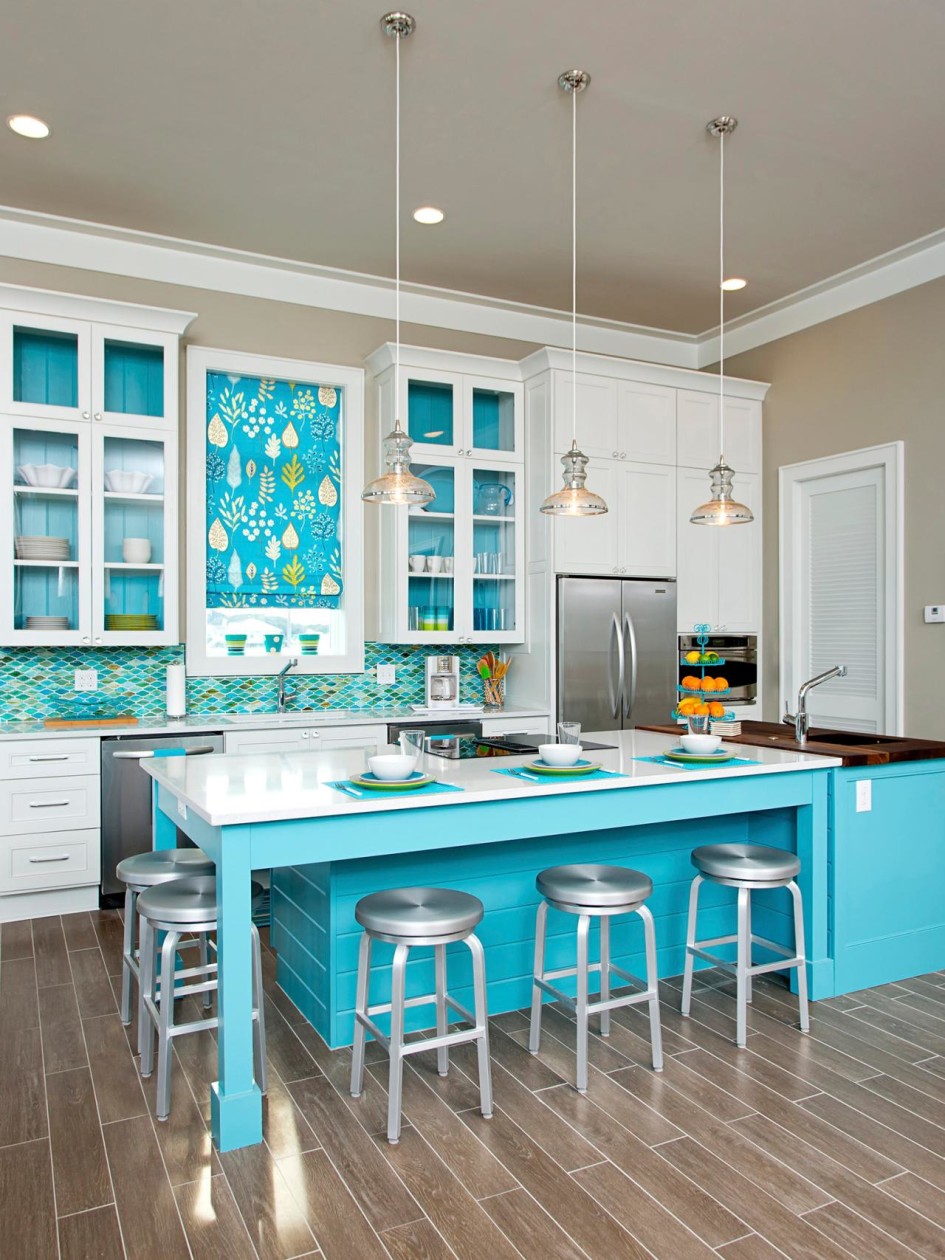
Textures and finishes also play a crucial role in coastal-style kitchen cabinets. I’ve found that matte or semi-gloss finishes work best, as they contribute to a soft, understated look. High-gloss finishes can feel too formal and clash with the laid-back vibe of coastal design. I also love incorporating natural materials like rattan, wicker, or reclaimed wood into cabinet details. These textures add warmth and depth, creating a layered, beach-inspired feel. Beadboard cabinet fronts are another popular option that enhances the coastal charm. The vertical lines mimic the look of wooden planks, reminiscent of old beach cottages, adding a touch of rustic appeal without overwhelming the design.
When it comes to cabinet hardware, the coastal style leans towards simplicity and subtlety. I prefer using brushed nickel or matte black knobs and pulls because they blend seamlessly with the soft color palette without drawing too much attention. If you want to incorporate a bit more personality, consider rope-style handles or glass knobs that evoke sea glass. I think these small details can make a big difference in capturing the coastal aesthetic. The hardware should complement, rather than compete with, the overall design, enhancing the cabinets’ understated elegance.

Another hallmark of coastal style kitchen cabinets is the emphasis on open and airy storage solutions. I often recommend incorporating open shelving or glass-front cabinets to break up the solidity of closed cabinetry. This not only lightens the visual weight of the kitchen but also provides an opportunity to display coastal-inspired decor, like seashells, glass jars filled with sand, or white ceramic dishware. Open shelving can be a beautiful way to showcase your favorite kitchen items while maintaining the relaxed, casual vibe of a coastal kitchen. Just be mindful to keep the displayed items cohesive and uncluttered, as too much can disrupt the serene, beachy feel.
In terms of layout, I think coastal kitchens should prioritize functionality and flow. The cabinets should work together to create a sense of openness and ease of movement. I like to see layouts that allow for ample countertop space and easy access to storage, keeping everything organized and within reach. Coastal kitchens often have a mix of upper and lower cabinets, combined with open shelving or even a few standalone pieces like a freestanding island or hutch. This variety adds visual interest and prevents the space from feeling too uniform or closed off.

One of my favorite aspects of coastal style cabinets is their ability to blend seamlessly with a variety of design elements. I’ve seen coastal kitchens that incorporate everything from modern minimalist touches to rustic farmhouse details. The key is to maintain a balance that feels cohesive and not overly themed. For instance, pairing classic white cabinets with a shiplap backsplash and driftwood accents can create a charming coastal farmhouse look. Alternatively, mixing in sleek stainless steel appliances and a few contemporary light fixtures can give coastal style a more modern edge. This versatility is part of what makes coastal cabinets so appealing; they can be tailored to reflect your personal style while still maintaining that breezy, coastal essence.
I think lighting plays a pivotal role in enhancing the look of coastal style kitchen cabinets. Natural light is a must-have, as it highlights the soft colors and textures of the cabinets, making the entire kitchen feel brighter and more welcoming. If your kitchen lacks natural light, consider installing under-cabinet lighting or pendant lights with a coastal flair. Rattan or woven pendants, for example, can add warmth and texture, while clear glass fixtures keep the space feeling open and airy. Choosing the right lighting can amplify the coastal feel, turning your kitchen into a bright and inviting space no matter the time of day.
Another important element to consider is the countertop and backsplash pairings for coastal style cabinets. I like the look of quartz or marble countertops with light veining for a clean, elegant appearance that complements the soft hues of coastal cabinetry. For a more casual feel, butcher block countertops add warmth and a touch of rustic charm. As for backsplashes, I gravitate towards subway tiles in soft blues or whites, as they offer a classic look that enhances the coastal vibe without competing for attention. Alternatively, sea glass mosaic tiles or a shiplap backsplash can add visual interest while staying true to the beachy theme.
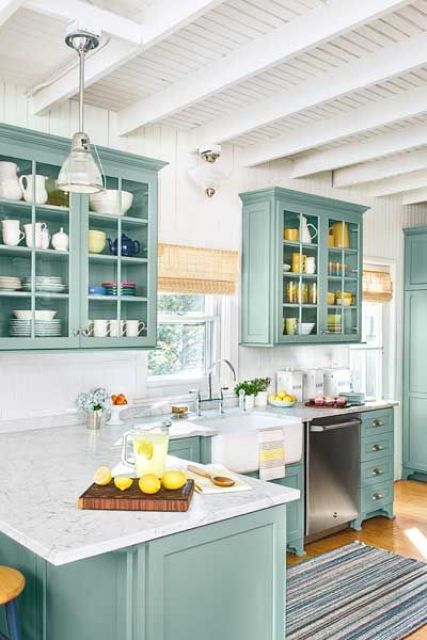
When choosing the right type of wood for coastal style cabinets, I recommend lighter varieties like oak, maple, or birch. These woods have a natural warmth that works well with the coastal color palette and provide a subtle grain that adds texture without overwhelming the design. I also like the idea of incorporating reclaimed wood for a more weathered, beachy look. Reclaimed wood can bring a sense of history and character to the kitchen, making it feel more lived-in and inviting. It’s a great option for cabinet accents or even a feature island that acts as the focal point of the kitchen.
One of the challenges I often see with coastal style cabinets is balancing the look without going overboard with nautical elements. It’s easy to get carried away with too many beach-themed accessories, which can make the space feel kitschy rather than sophisticated. I suggest sticking to subtle nods to the coast, like choosing cabinets with a beadboard pattern or incorporating a few pieces of driftwood decor. The idea is to create a space that feels inspired by the beach, not overwhelmed by it. Keeping the design simple and focusing on high-quality materials and craftsmanship will ensure that your coastal kitchen feels timeless and elegant.
Coastal style kitchens should also feel connected to the rest of the home. I think it’s essential to carry the coastal theme throughout the adjacent spaces for a cohesive look. If your kitchen is part of an open-concept floor plan, consider using the same cabinetry style or color palette in built-ins or other furniture pieces to create a sense of flow. You can also incorporate similar textures and materials, like rattan bar stools or woven baskets, to tie the look together. Creating a cohesive coastal theme throughout your home will make the kitchen feel like an integral part of the overall design.

When it comes to accessorizing coastal-style kitchen cabinets, I like to keep it simple and elegant. Fresh greenery, like potted herbs or a vase of flowers, can bring a touch of nature indoors and soften the look of the cabinets. I also love incorporating natural elements like woven baskets for storage or open shelves lined with beautiful glass jars. These small touches can enhance the coastal aesthetic without feeling cluttered. The key is to choose accessories that complement the light, airy feel of the kitchen and add to its overall sense of tranquility.
Coastal style cabinets aren’t just for traditional beach homes; they can work in a variety of settings, from suburban homes to city apartments. I’ve seen how the coastal look can bring a fresh, rejuvenating feel to any kitchen, regardless of its location. The versatility of coastal style makes it an excellent choice for anyone looking to create a calm and inviting space. The key is to focus on the principles of the style—light colors, natural materials, and a relaxed, uncluttered feel. By doing so, you can capture the essence of the coast even if your home is nowhere near the water.
Last, I think it’s important to invest in quality craftsmanship when choosing coastal-style kitchen cabinets. Because the design relies heavily on subtle details and clean lines, any imperfections can be more noticeable. I recommend working with a reputable cabinet maker who understands the nuances of the style and can create pieces that reflect the beauty and simplicity of coastal design. Quality materials and finishes will ensure that your cabinets not only look stunning but also stand the test of time, maintaining their elegance and functionality for years to come.
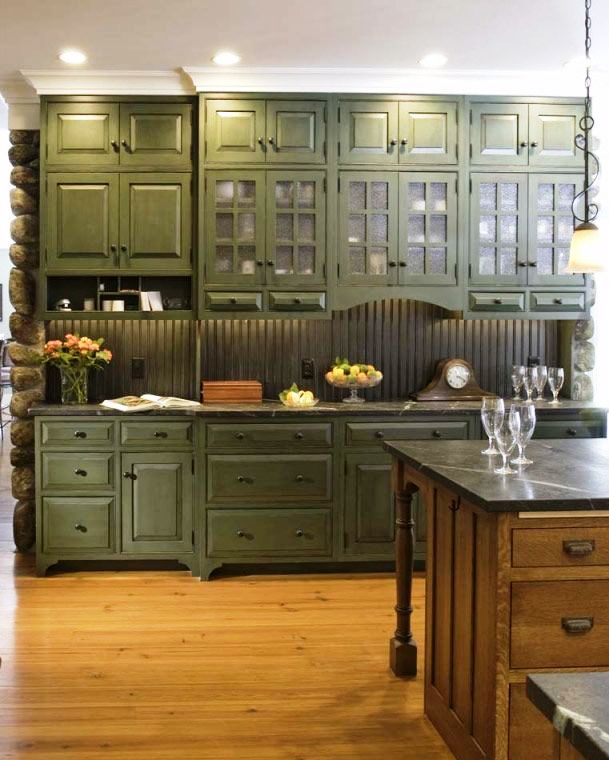
Common Mistakes to Avoid
Overdoing the Nautical Theme: It’s easy to go overboard with nautical elements like anchor motifs or too many beach-themed accessories. The goal is to create a sophisticated coastal look, not a themed kitchen.
Ignoring Proportions and Scale: Choosing oversized or too-small cabinets can disrupt the flow of the kitchen. Make sure the cabinet sizes are proportionate to the kitchen space to maintain balance and harmony.
Not Prioritizing Natural Light: Coastal style relies heavily on natural light. If your kitchen lacks windows, use light colors and reflective surfaces to simulate brightness.
Mixing Too Many Styles: While coastal cabinets are versatile, mixing too many conflicting styles can dilute the aesthetic. Stick to a cohesive theme with complementary elements.
Using the Wrong Hardware: Choosing overly ornate or modern hardware can clash with the simplicity of coastal design. Opt for understated finishes like brushed nickel or matte black.
Skipping on Quality Materials: Coastal style is all about craftsmanship and subtle details. Using cheap materials or finishes can make the space look less polished and reduce the longevity of your cabinets.

What defines coastal style kitchen cabinets?
Coastal style kitchen cabinets are characterized by their light, airy colors, natural materials, and simple yet elegant designs. They often feature soft, muted hues like white, cream, and pale blue, paired with textures such as beadboard paneling and natural wood. The overall look is relaxed and inviting, creating a space that feels connected to the seaside.
Are coastal style cabinets suitable for small kitchens?
Yes, coastal style cabinets can be a great choice for small kitchens. Their light colors and simple designs can make a space feel larger and more open. Incorporating open shelving or glass-front cabinets can also help reduce visual clutter and create a sense of spaciousness.
Can coastal style be combined with other design styles?
Absolutely. Coastal style is highly versatile and pairs well with various other styles, such as farmhouse, modern, or rustic. The key is to maintain a cohesive color palette and incorporate complementary elements like natural textures and understated decor to keep the look balanced.
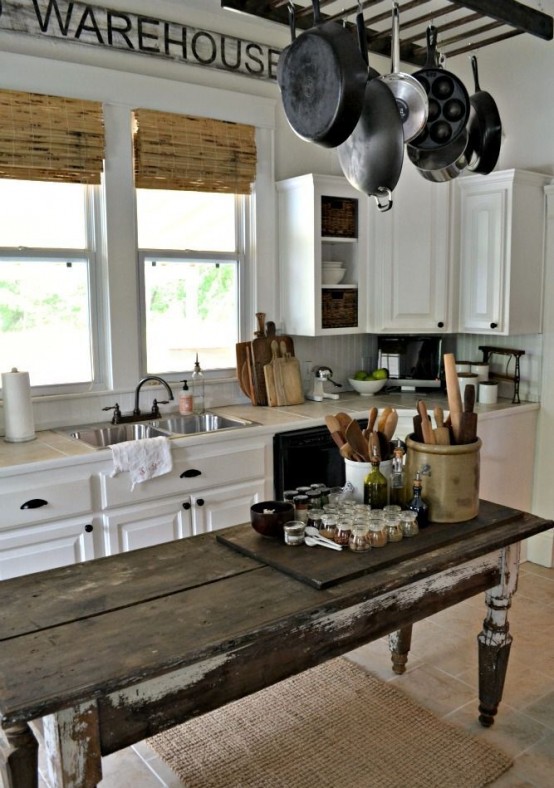
What type of wood is best for coastal style cabinets?
Lighter woods like oak, maple, or birch are ideal for coastal style cabinets due to their natural warmth and subtle grain patterns. These woods work well with the soft color palette of coastal design and can be easily stained or painted to match the desired look.
How do I maintain coastal style kitchen cabinets?
Regular cleaning and maintenance are key. Use a gentle, non-abrasive cleaner to wipe down surfaces and avoid harsh chemicals that could damage the finish. If your cabinets are painted, check for any chips or scratches and touch them up as needed to keep them looking fresh.
What type of countertop pairs well with coastal style cabinets?
Coastal style cabinets pair beautifully with light-colored countertops, such as quartz, marble, or butcher block. Opt for surfaces with subtle veining or natural textures to complement the serene, beach-inspired look. For a touch of contrast, darker countertops in shades like slate or soapstone can also work well.

Coastal Kitchens & Design – Kitchen Remodeling
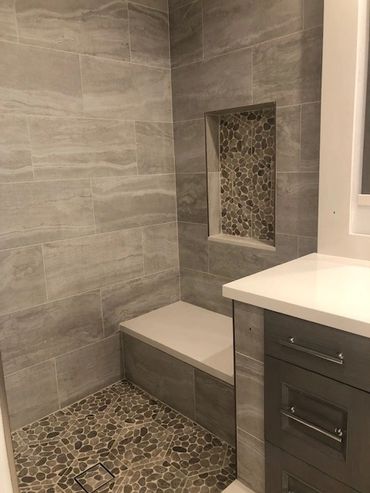
Coastal Kitchens & Design – Kitchen Remodeling
Mint Green Kitchen With Dark Brown Cabinets
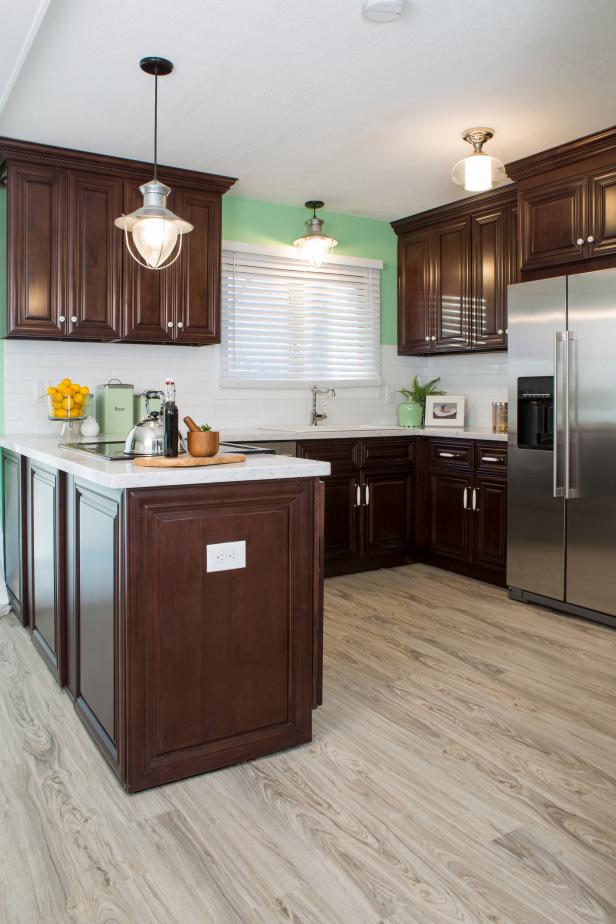
Related Posts:
- Modern Kitchen Cabinets
- Update Laminate Kitchen Cabinets
- Large Kitchen Cabinet Handles
- How To Refinish Formica Kitchen Cabinets
- Aluminium And Glass Kitchen Cabinet Doors
- Madison Kitchen Cabinets
- Houzz Grey Kitchen Cabinets
- Off White Kitchen Cabinets With White Appliances
- Kitchen Cabinet And Wall Color Combinations
- Refinishing Maple Kitchen Cabinets
